By Michael D. Hull
Responding to a November 27, 1941, war warning message from Admiral Harold R. “Betty” Stark, chief of naval operations, America’s prized handful of aircraft carriers were fortuitously absent from Pearl Harbor when Japanese planes savaged the Pacific Fleet on Sunday, December 7.
The USS Saratoga (CV-3) was refitting in San Diego, the USS Enterprise (CV-6) was returning after ferrying fighters to the Marine Corps defense force on Wake Island, the USS Wasp (CV-7) was serving with the Royal Navy Home Fleet in the Mediterranean, the USS Yorktown (CV-5) was at Norfolk, Virginia, and the USS Lexington (CV-2) was carrying a squadron of Vought SB2U Vindicator dive bombers to the tiny Marine garrison on Midway Island.
But the sorely needed planes were not delivered. When word came of the Pearl Harbor attack, the Lexington, still 400 miles southeast of Midway, turned and headed southward. She spent several days with other U.S. ships searching unsuccessfully south of Oahu for the Japanese flattops and returned to Pearl Harbor for refueling and reprovisioning.
Like her sister, the Saratoga, the graceful, 33,000-ton Lexington was originally a battlecruiser converted under a special provision of the 1922 Washington Naval Treaty. She was the fourth U.S. Navy vessel to bear the name of the Revolutionary War battle. At her christening, Rear Admiral William A. Moffett, chief of the Navy’s new Bureau of Aeronautics, prophesied, “This great carrier represents a powerful instrument on the offensive. I am convinced that a bombing attack launched from such carriers, from an unknown point, at an unknown instant, with an unknown objective, cannot be warded off by defensive aircraft based on shore.”
The USS Lexington
Commissioned on December 14, 1927, the Lady Lex, as she became affectionately known, participated with the Saratoga in her first fleet problem on January 23-27, 1929, when Rear Admiral Joseph M. “Bull” Reeves, the U.S. Battle Fleet’s air commander, demonstrated carrier tactics with a simulated attack against the Panama Canal.
The Lexington was 888 feet long with a massive funnel and a flat starboard-side island towering over her teak flight deck. With turbo-electric drive propulsion, she had a top speed of 35 knots. She once steamed the 2,200 miles from San Pedro, California, to Honolulu in just over 72 hours.
Besides tubs of rapid-fire guns, the carrier mounted a main battery of 8-inch rifles that were later removed as “excess fat” and could accommodate 23 Grumman F4F Wildcat fighters, 36 Douglas SBD Dauntless dive bombers, and a dozen Douglas TBD Devastator torpedo bombers. A taut but “happy” vessel, the Lexington was one of the biggest and fastest warships of her day. She had a basic complement of 2,200 men, whose comfort was ensured with steaks, fresh milk, ice cream, and nightly film shows on the hangar deck. The flattop was commanded in 1930-1932 by naval aviator Ernest J. King, who rose to become the five-star chief of naval operations in World War II.
Her skipper from June 1940 onward was short, stocky Captain Frederick C. “Ted” Sherman of Port Huron, Michigan, a 1910 Annapolis graduate, World War I submarine veteran, and Navy Cross holder. He was a chain smoking disciplinarian whose ability to dock the big vessel without tugboats awed junior officers. Sherman’s pet cocker spaniel, Wags, was a popular “member” of the crew.
By the time World War II broke out in September 1939, the Lexington had established herself as a highly visible vessel in the Navy. Based at San Pedro, she acted as a mother hen to the Battle Fleet in exercises ranging from the Panama Canal Zone to the Aleutian Islands, and she supplied electricity to Tacoma, Washington, for three weeks in the winter of 1930 when the city’s power failed. In July 1937, her aircraft played a key role in the massive two-week search for missing aviatrix Amelia Earhart around tiny Howland Island in the Central Pacific.
“The Pacific Situation is Very Grave”
The carrier’s stopover at Pearl Harbor in December 1941 was brief. On the 14th, she joined Vice Admiral Wilson Brown Jr.’s Task Force 11, also comprising three heavy cruisers, nine destroyers, and the fleet oiler Neosho (AO-23), and sailed southwest for the Marshall Islands to create a diversion covering Task Force 14’s ill-fated attempt to relieve Wake Island. The Lexington was under orders to bomb Jaluit and Wotje, but she returned to Pearl Harbor without having drawn blood.
Besides the Lexington, Admiral Brown’s group was beefed up with the Yorktown, a dozen cruisers, seven of them American, four British, and one Australian, and 16 U.S. destroyers for the next major operation—a February 20, 1942, attack against the big Japanese naval base at Rabaul in New Britain. On the way, the Allied ships were spotted by three enemy flying boats. Brown called off the raid, but the biggest air battle yet seen in the Pacific raged as land-based Japanese Nakajima B5N Kate and Mitsubishi G4M Betty bombers zeroed in on Task Force 11. The Americans retaliated, and the ships’ antiaircraft fire, Wildcats, and Dauntlesses annihilated many of the raiders.
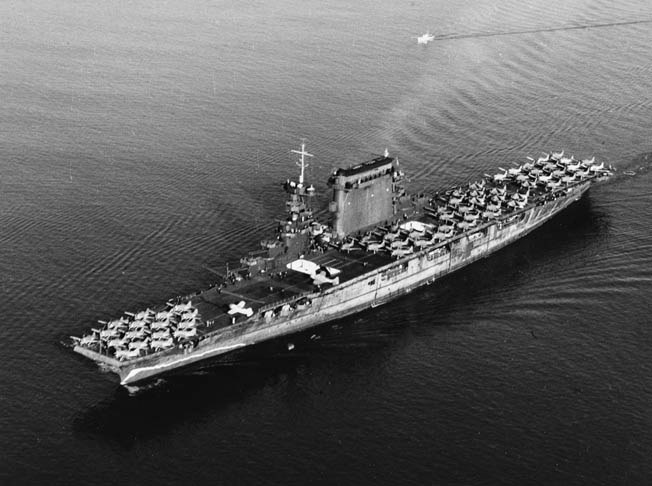
When 18 Japanese planes pounced on the Lexington, 27-year-old Lieutenant (j.g.) Edward H. “Butch” O’Hare of Lt. Cmdr. John S. Thach’s Fighting Squadron 3 went into action for the first time. A natural marksman in the tradition of Davy Crockett and Sergeant Alvin C. York, the husky, dark-haired 1937 Annapolis graduate coolly shot down five Betty bombers in four minutes. Credited with saving the Lexington, O’Hare—the Navy’s first air ace of the war—received a double promotion and was eventually awarded the Medal of Honor, Navy Cross, and two Distinguished Flying Crosses. When workers at the Grumman Aircraft Corp. plant in Bethpage, New York, learned of his initial feat, they sent him 5,000 cigarettes.
Despite their valiant efforts, the Allies were in a dire predicament in the Far East during the early months of 1942. President Franklin D. Roosevelt signaled to British Prime Minister Winston Churchill on March 9, “The Pacific situation is very grave.” It was no exaggeration. Japanese forces had seized Wake, Guam, and many smaller islands; overwhelmed the British bases at Singapore and Hong Kong; sunk the Royal Navy’s battleship HMS Prince of Wales and battlecruiser HMS Repulse, and attacked Malaya, the Philippines, the Dutch East Indies, the Gilbert Islands, Shanghai, Borneo, and Burma.
The swift eradication of scant Allied air power followed by relentless ground thrusts ensured the enemy conquests, and by May 20, 1942, about 20 million square miles of territory would be added to the Japanese Empire. As Admiral Isoroku Yamamoto, shrewd commander of the Combined Fleet, had predicted, the Japanese had “run wild” and were gripped by “the victory disease.” At the Imperial General Headquarters in Tokyo, euphoria fueled what Britain’s Captain Basil Liddell Hart later termed “strategic overstretch.” Still further aggression was charted, including an amphibious assault on Port Moresby on the western coast of New Guinea, after an overland offensive had been turned back by tough Australian troops. Subsequent attacks along the northern shore of Australia were planned.
Yamamoto, who had maintained tight security before the Pearl Harbor attack, was now so confident that he was sending orders by radio, contrary to sound military practice. But the Americans were listening in, thanks to Commander Joseph J. Rochefort and his small team of brilliant cryptanalysts toiling in their basement plotting room, Station Hypo, beneath the 14th Naval District headquarters in Pearl Harbor. They had cracked the Japanese JN25 code, and by mid-April 1942, Rochefort was able to alert Admiral Chester W. Nimitz, commander of the Pacific Fleet, to the planned enemy offensive. It was expected to start around May 3, with landings likely in New Guinea, New Britain, and the Solomon Islands.
The news presented a dilemma for the able, silver-haired Nimitz. His Hornet (CV-8) and Enterprise carrier task groups were 2,000 miles to the west with Vice Admiral William F. “Bull” Halsey, preparing to launch Lt. Col. James H. Doolittle’s 16 North American B-25 Mitchell medium bombers against Japan on April 18. The USS Saratoga was still refitting after being hit by a Japanese torpedo, and Nimitz was left with only two flattops to counter the enemy thrust.
Admiral King nevertheless ordered Nimitz to hastily muster what forces he could, deploying the USS Lexington from Pearl Harbor to join big, genial Rear Admiral Frank Jack Fletcher’s Yorktown group in the Coral Sea. General Douglas MacArthur, commander of the Southwest Pacific Area, contributed three cruisers, the Australian HMAS Australia and Hobart and the USS Chicago (CA-29), and a handful of destroyers, led by Rear Admiral John G. Crace of the Royal Navy.
“Scratch One Flattop!”
The Lexington and Yorktown task forces rendezvoused on May 1 and paused for two days to refuel. After learning from Army Air Forces scout planes that four enemy naval groups led by Vice Admiral Shigeyoshi Inouye, Rear Admiral Arimoto Goto, and Rear Admiral Takeo Takagi had left Rabaul, Fletcher led Captain Elliott Buckmaster’s Yorktown and his other ships into the center of the Coral Sea while the Lexington group, still taking on oil, remained behind. The Japanese objectives were Port Moresby and the island of Tulagi in the Solomons.
Enemy troops landed at Tulagi on May 3, and Fletcher launched three strikes by Yorktown Dauntlesses, Devastators, and Wildcats against them the following day. The planes sank three minesweepers and the destroyer Kikuzuki and damaged a destroyer, minelayer, and two troop transports in the first carrier air battle of the Pacific War. The assault revealed Fletcher’s presence to the Japanese, but the major threat to him—Takagi’s big fleet carriers Zuikaku and Shokaku—did not materialize. The 25,675-ton sister flattops had been delivering planes to Rabaul and were still out of range. Fletcher withdrew his force.
After rejoining the Lexington, he headed west toward the perceived position of the enemy invasion armada in the Jomard Passage southeast of Port Moresby. The Japanese force included the light carrier Shoho, cruisers, destroyers, and a dozen transports. At the same time, Admiral Takagi’s carriers and escorts rounded the easternmost island of the Solomons chain and also steamed westward. For most of the next two days, the opposing fleets stalked each other through fog, squalls, and heavy cloud cover. The foul weather obscured ships from both sides’ scout planes, and mistakes and missed opportunities in the Coral Sea followed.
Then, at 7 am on Thursday, May 7, a Japanese reconnaissance pilot reported what he believed to be an American carrier and cruiser southeast of New Guinea. Eager to deliver the first blow, Takagi launched a full strike. But the targets turned out to be the oiler Neosho and the 1,570-ton destroyer USS Sims (DD-409). Dive bombers and Zero fighters swooped in and blasted both vessels. The Sims went down with all but 16 of her crewmen, and the Neosho was reduced to a drifting derelict. After rescuing her crew, an American vessel delivered the coup de grace.
Later that morning, a scout plane from the Yorktown also turned in a false report by identifying enemy cruisers near the Jomard Passage as carriers. Nevertheless, it was now Fletcher’s turn to take the offensive, and Dauntlesses and Devastators took off from the Lexington and the Yorktown, affectionately known as the “Galloping Ghost.” The Americans were in luck this time.
While heading for the Jomard Passage, the Shoho and her covering force were sighted. The attack began at 11 am on May 7 as three Dauntlesses from the Lexington’s Scouting Squadron 2, led by Lt. Cmdr. Robert E. Dixon, dived from 10,000 feet. The 11,262-ton enemy carrier maneuvered wildly while cruiser escorts put up a barrage of antiaircraft fire, but she was doomed.
Five bombs and several torpedoes tore into her, and she was burning when Yorktown planes arrived 15 minutes later to drop more bombs. After taking a total of 13 bombs and seven torpedoes, the stricken Shoho slid under the waves with 600 of her 800 crewmen. She was the first Japanese carrier to be sunk in combat. Dixon excitedly radioed one of the war’s resounding battle messages: “Scratch one flattop!”
Deprived of close air support, the enemy invasion force heading for Port Moresby reversed course and steamed back toward Rabaul. The morning’s errors, meanwhile, continued that afternoon. Fletcher had detached Admiral Crace’s support squadron of cruisers and destroyers to block the Jomard Passage outlet, and enemy scout planes reported Crace’s ships as carriers. Takagi ordered an attack, but his bombers were intercepted by fighters from the Lexington. The visibility was poor and the action confused.
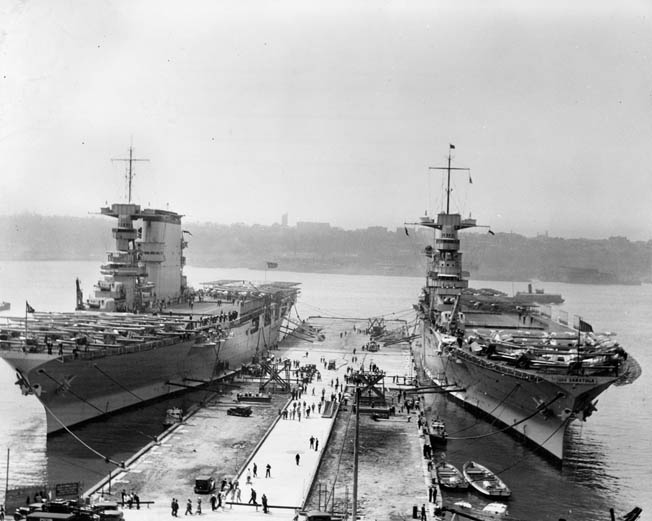
carriers were completed on battlecruiser hulls, and both served with distinction during World War II.
As darkness fell over the Coral Sea on the night of May 7, scout planes from both fleets searched for their foes, resulting in one of the more bizarre incidents of the war. The Yorktown switched on landing lamps to aid returning aircraft, and three planes appeared, winking their signal lights. They were Japanese. A shout from a destroyer alerted the carrier, and antiaircraft guns opened up. The enemy pilots realized their mistake and zoomed away. Shortly afterward, three more Japanese planes approached, and one was shot down.
The Battle of the Coral Sea
By early Friday, May 8, the American and Japanese fleets had drawn so close that a showdown was inevitable. The confused actions in the Coral Sea were about to climax in history’s first carrier battle and the first in which the opposing forces never came within sight of each other. Locating each other at last, they both launched full deckloads of fighters and bombers and attacked almost simultaneously. Shortly after 9 on that fateful morning, 122 U.S. planes headed northward while 121 Japanese aircraft roared southward. The experienced enemy fliers had the advantage of intermittent cloud cover, while the Americans were exposed under cloudless skies.
Dauntlesses and Devastators from the Yorktown and Lexington scored first. When they located the Japanese striking force around 11 am, the Zuikaku took cover under a convenient rain squall, so the American dive bombers went after the Shokaku. The poor weather prevented a coordinated attack, but three bombs found their mark, one of them dropped by Lieutenant John J. Powers, who flew so close to the enemy flattop that his SBD was consumed by the explosion. The New York-born 1934 Annapolis graduate had vowed “to get a hit if I have to lay it on their flight deck.” He was awarded a posthumous Medal of Honor.
While her planes sought refuge aboard the Zuikaku, the Shokaku burned and trailed smoke, and her flight deck plates were bent so badly that she could not launch or recover aircraft. But she stayed afloat, extinguished the fires, and withdrew for repairs.
Now it was the turn of the Japanese as 69 bombers and torpedo planes of Rear Admiral Chuichi Hara’s Career Division 5, guided by a Kate torpedo bomber, aimed for the American carriers. A Lexington radio operator picked up the approaching raiders at 10:55 am, and both flattops hastily launched Wildcats and SBDs to fend them off. Four of the undergunned Dauntlesses were shot down, although they destroyed an equal number of the slow enemy torpedo bombers.
In ideal visibility, the Japanese swept down as the two rapidly maneuvering U.S. flattops became separated. Torpedo planes zoomed along both sides of the Lexington, and one was blasted apart by her antiaircraft guns. But the others pressed home the assault, and the carrier was surrounded by 11 torpedoes in a few seconds. Despite Captain Sherman’s skillful evasion moves, his lengthy vessel could not escape. Within nine minutes, two torpedoes and five bombs struck the Lexington, and near-misses ruptured her hull plates. But she stayed afloat.
The Yorktown received a share of the enemy’s attention when, at 11:18 am, eight torpedoes streaked toward her. But the smaller flattop was able to avoid them with radical 30-knot maneuvering. Six minutes later, enemy dive bombers fell upon the Yorktown, and at 11:27 am she suffered her only direct hit. An 800-pound bomb struck the flight deck 15 feet from her island and tore through three decks before exploding. The blast killed 37 crewmen and burned many others, but the resulting fires were quickly snuffed out and flight operations resumed.
The First U.S. Carrier to be Sunk in Combat
When the enemy planes sped back to their carriers, the Lexington was taking water and listing at seven degrees. Three of her boiler rooms were partially flooded, there were fires below decks, and her two aircraft elevators were temporarily jammed. But within an hour the flames were doused and the list corrected. Flight operations were resumed, and the flattop was able to start receiving returning planes. The ship cruised at 25 knots, and her engineers told Captain Sherman that full power and speed were available if needed.
Suddenly, at 12:47 pm, a massive internal explosion shook the Lexington from stem to stern when ruptured fuel lines released gasoline vapors that were ignited by a generator below decks. More violent blasts followed, severing power circuits and starting more blazes inside the carrier. They spread. Her water main was broken, and firefighting was almost impossible. In the ship’s forward engine rooms, the temperature rose to 160 degrees.
Shuddering and listing again, the proud Lady Lex was mortally wounded, and 216 of her bluejackets had perished. Yet she continued to recover planes until 2:14 pm and there were still desperate hopes that she could make it back to Pearl Harbor for repairs. Half an hour later another big blast wrecked the vessel’s engineering spaces. Water pressure and steering control were lost, and the communications system disintegrated. The destroyer USS Anderson (DD-411) moved alongside to assist, but the fires were out of control and her efforts proved ineffective.
After the engineering spaces were cleared and the carrier lost all forward movement around 4:40 pm, Rear Admiral Aubrey W. Fitch, the task force commander, decided that there was no chance of saving the gutted Lexington. From his bridge, he called down to Captain Sherman and advised him to “get the men off.” The skipper reluctantly gave the order to abandon ship at 5:07 pm.
The evacuation of the surviving 2,735 officers and men, along with Chicago Tribune reporter Stanley Johnston, followed. The operation was orderly. Some sailors lined up their shoes on the flight deck before sliding down ropes into the water, while others sat calmly eating ice cream as three destroyers closed in to pick up the survivors. About 150 wounded bluejackets in basket stretchers were lowered into whaleboats. The rescue was skillfully overseen by Admiral Thomas C. Kinkaid, commander of the Enterprise task group.
Captain Sherman and his executive officer, Commander Morton T. Seligman, made a careful inspection to be sure that no wounded men were unaccounted for and left the ship around 6:30 pm. They clambered into a whaleboat from the destroyer USS Hammann (DD-412) along with a Marine corporal and Sherman’s dog. Admiral Fitch, who had flown his flag aboard the Lexington, boarded a cruiser. A month later, the Hammann was sunk in the climactic Battle of Midway.
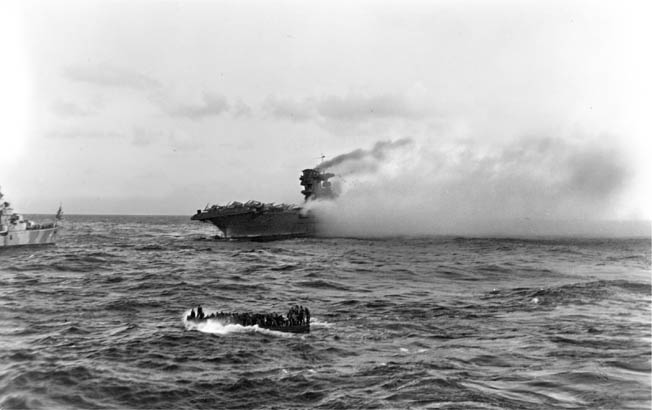
The Lexington was an inferno as Admiral Fletcher, acting on orders from Admiral Nimitz, signaled for Task Force 17 to regroup and withdraw on a southerly course. But the carrier was a beacon to the enemy, so Fletcher summoned a destroyer to stay behind and finish her off. The USS Phelps (DD-360) closed in at 7:15 pm and loosed five torpedoes. Four of them exploded against her heat-reddened hull, and at 7:52 pm the Lady Lex rolled to port and slipped serenely beneath the waves. A tremendous underwater explosion followed that was felt 20 miles away. Fourteen miles distant, the heavy cruiser USS New Orleans (CA-32) “shook as though she had been hit by a torpedo,” reported Commander George L. Markle, the Lexington’s popular Presbyterian chaplain.
The first American carrier to be sunk in the war, the Lexington went down in 2,000 fathoms of water about 200 miles south of Rossel Island, off the Louisade archipelago in the Solomon Sea.
Aboard ships of the receding task force, many bluejackets watched the fiery end of the Lexington with tears in their eyes. “There she goes,” murmured one of her officers. “She didn’t turn over. She is going down with her head up. Dear old Lex. A lady to the last.” Captain Sherman, who went on to hold three Navy Crosses and attain flag rank, reported that his ship went down “with her colors proudly flying and the last signal flags reading, ‘I am abandoning ship,’ still waving at the yardarm … on an even keel, like the lady she always was.” Correspondent Johnston wrote later in his eloquent book, Queen of the Flat-Tops, “When she was lost, hundreds of men throughout the services mourned her passing as they would a dear friend.”
A Tactical Defeat, But a Strategic Victory
After the battle, Fletcher led his task force to the Tonga Islands, east of the Coral Sea, and Admiral Takagi ordered the Zuikaku and her escorts to return to the big Japanese base at Truk Atoll in the Caroline Islands. The battered Zuikaku and Shokaku, both stripped of their aircraft by American planes and antiaircraft fire, headed for extensive repairs. The enemy carrier force was reduced to four vessels, and this was to prove fatal a month later.
By her sacrifice, the Lexington had deprived the enemy of two carriers just before the Battle of Midway, which turned the tide in the Pacific naval war and sealed the fate of the Japanese Empire. The invasion of Port Moresby was postponed until early July, and Takagi received final orders on May 10 to leave the Coral Sea area.
A heavy blow to the Americans, the loss of the Lexington and damage to the Yorktown left the U.S. Navy with only two battle-ready flattops in the Pacific, the Enterprise and Hornet. In terms of tonnage sunk, the Japanese could claim a tactical victory in the Coral Sea, but it was a strategic gain for the Americans. For the first time in six months of Allied setbacks in the Far East, a Japanese advance was turned back. Air strikes against Australia had been prevented.
Hard lessons were learned by both sides in the Coral Sea. Though more experienced in carrier operations, the Japanese missed opportunities because of shoddy communications and coordination and lacked the rapid repair techniques of their foe. The major American errors were largely due to inexperience, but the battle convinced the commanders and crews of Nimitz’s fleet that they could fight on at least equal terms with the Imperial Japanese Navy.
The proud name of Lexington, meanwhile, lived on. Launched in 1942 and completed in 1943, the 27,200-ton, 33-knot USS Lexington (CV-16) was the first “short-hull” carrier and the only Essex-class flattop completed during the war that did not carry dazzle pattern camouflage. She reached Pearl Harbor in the late summer of 1943.
As part of Rear Admiral Charles A. Pownall’s Task Force 50, the new Lexington launched air strikes against the big Japanese base at Kwajalein in the Marshall Islands that December and served as Vice Admiral Marc A. Mitscher’s tactical command ship during the Battle of the Philippine Sea (the “Marianas Turkey Shoot”) on June 19-20, 1944. She also took part in the actions off Hollandia, Truk, Saipan, the Bonins, Ulithi, and the Palau Islands.
Torpedoes and bombs from the Lexington helped to sink the Japanese 64,000-ton super battleship Musashi in the great Battle of Leyte Gulf on October 24-26, 1944, and she was one of five carriers damaged by kamikaze planes off Leyte. From February 16 to March 1, 1945, the Lexington and 10 other fleet carriers of Mitscher’s powerful Task Force 58 put up strikes against enemy installations around Tokyo, on Iwo Jima, and in the Ryukyu Islands. After occupation duty in Japan, the USS Lexington returned to the West Coast in 1946 and was placed on reserve in April 1947.
Author Michael D. Hull is a frequent contributor to WWII History on a variety of topics. He resides in Enfield, Connecticut.
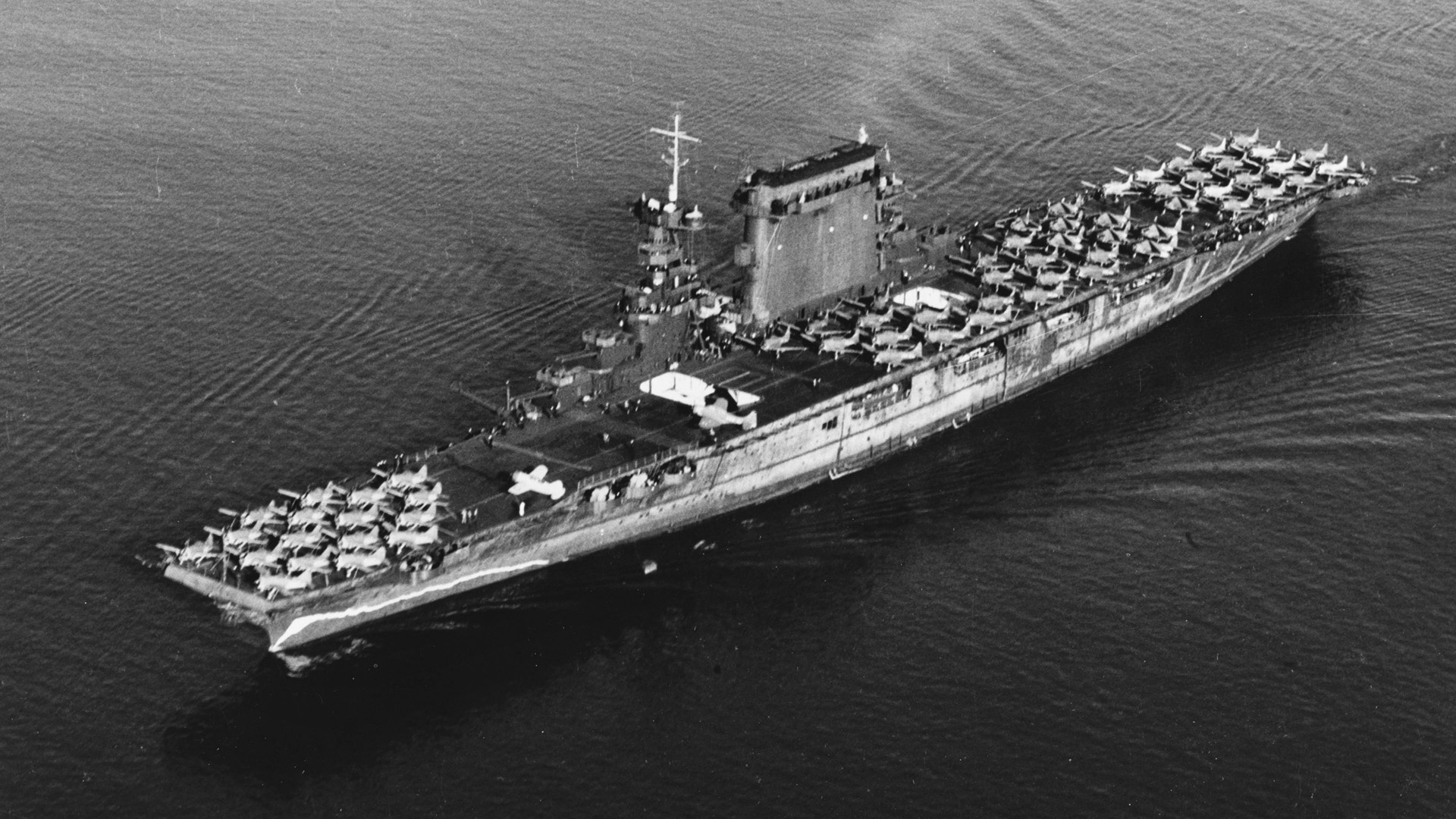
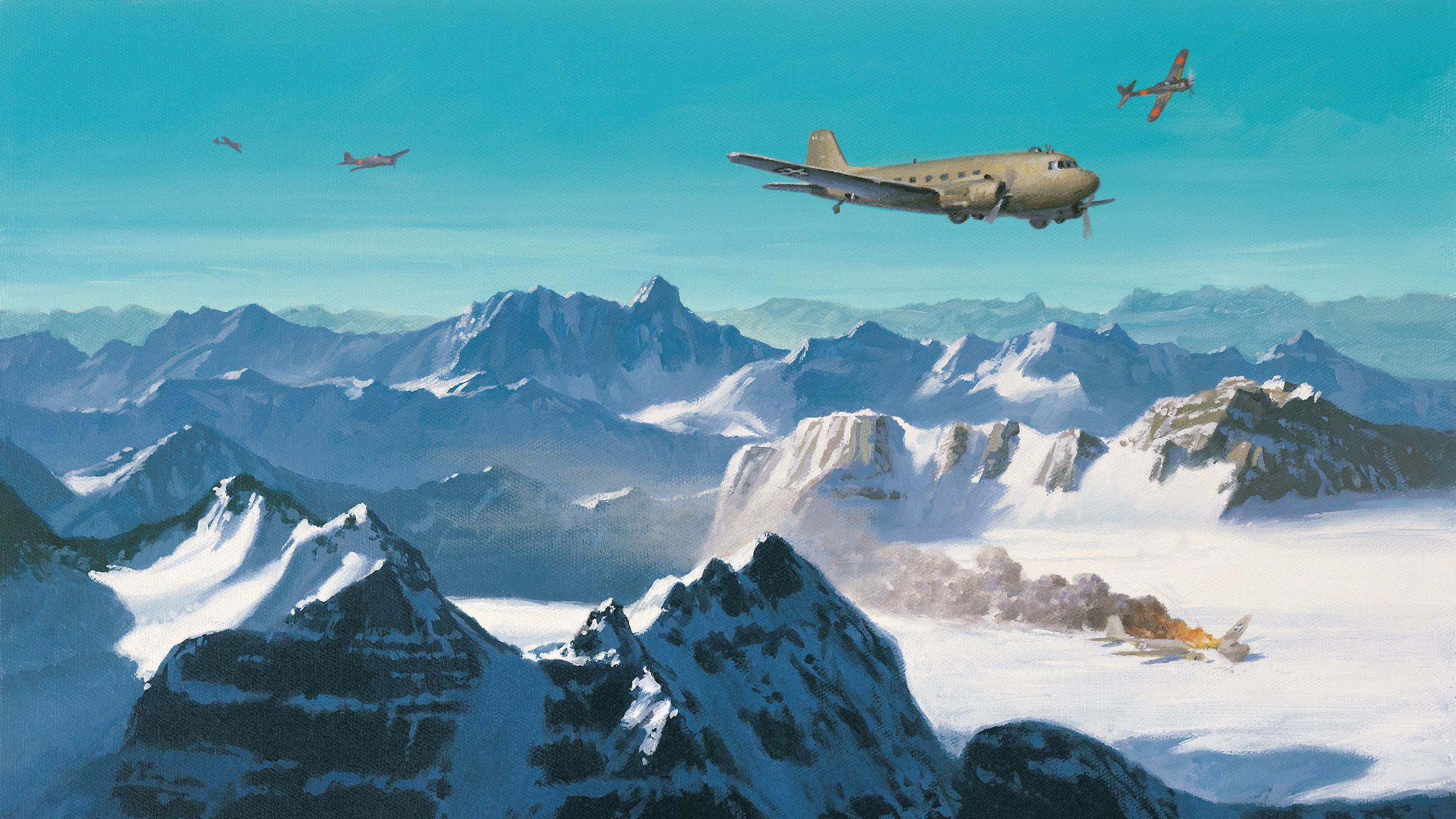
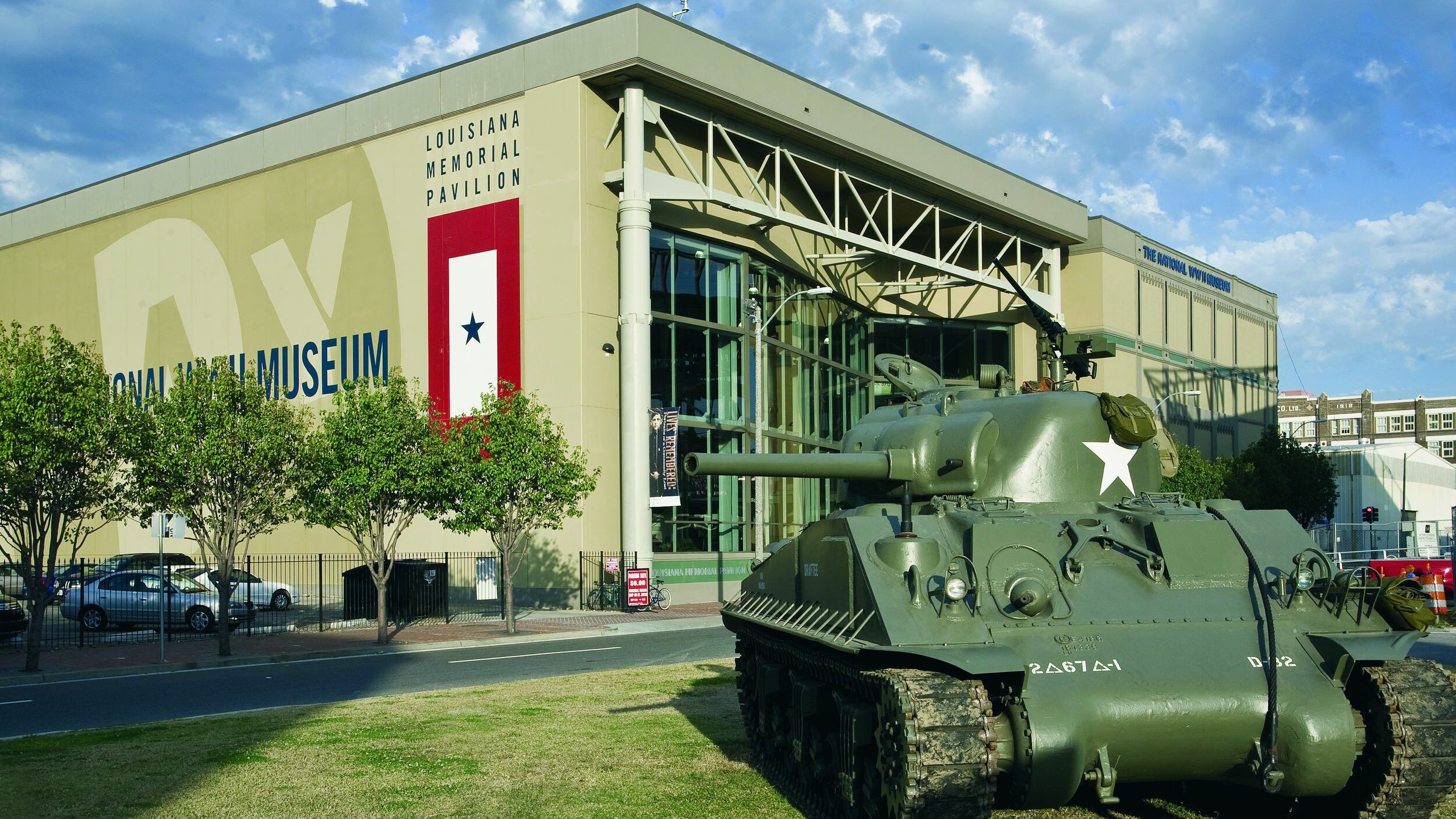
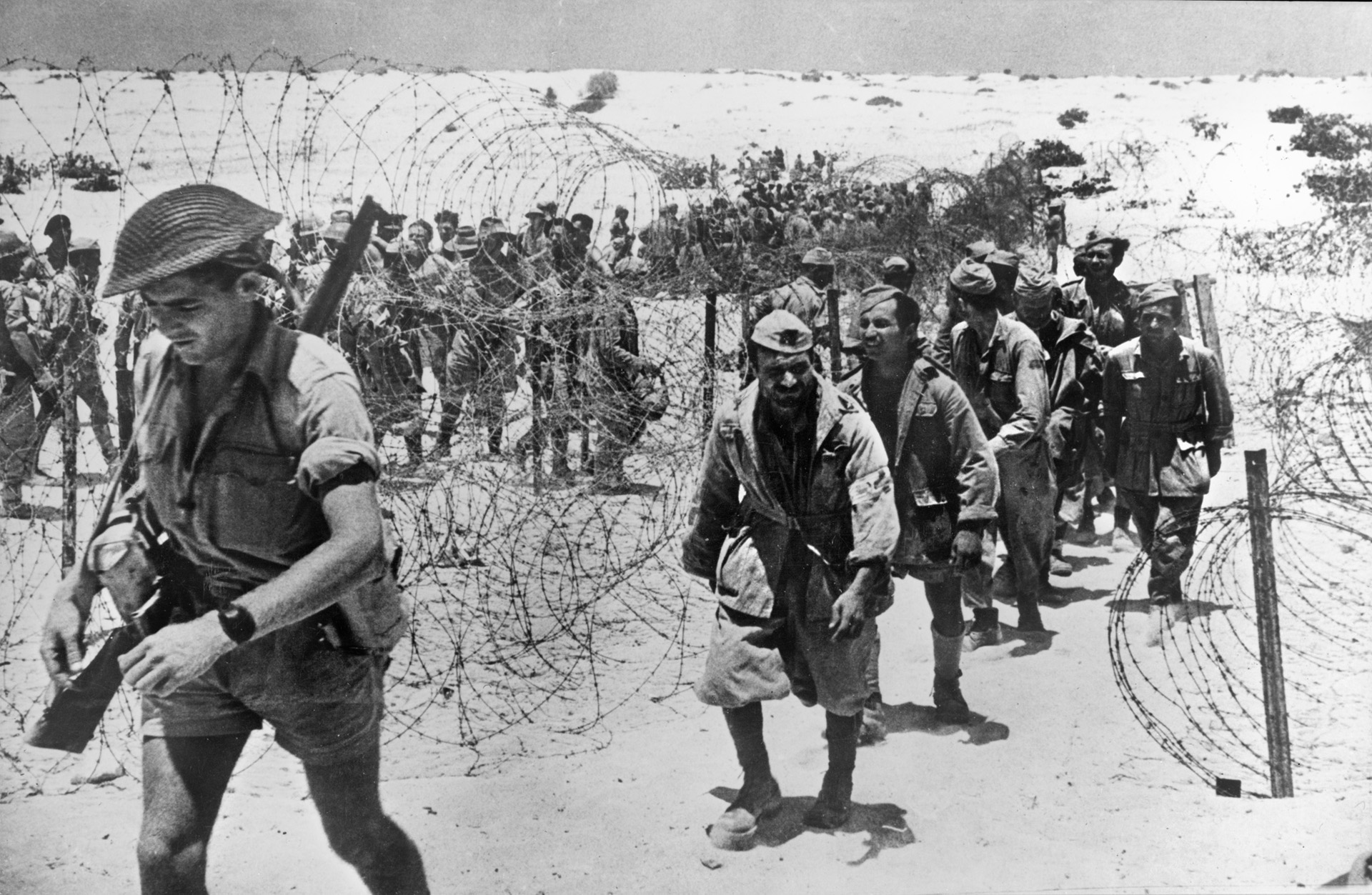
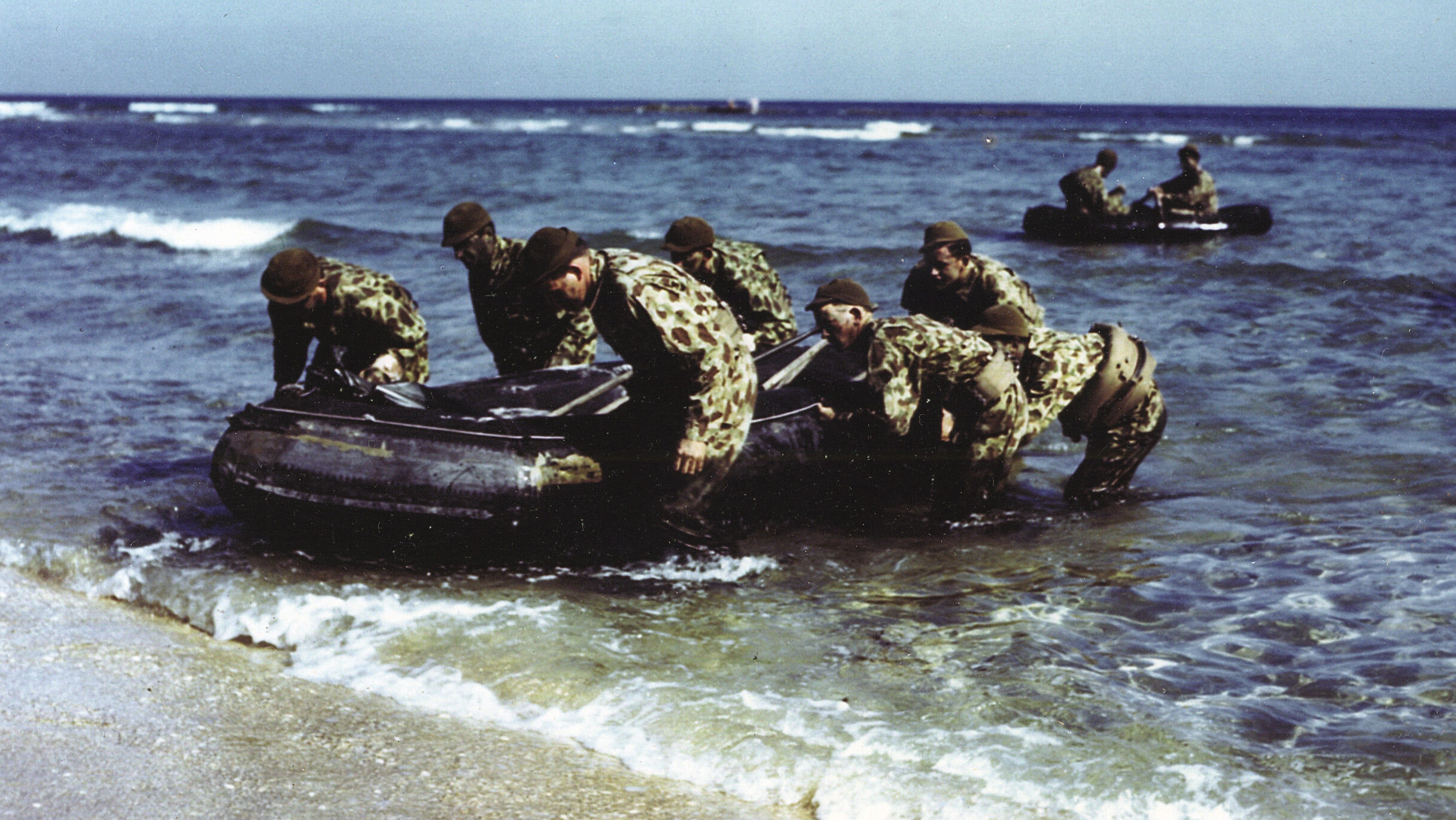
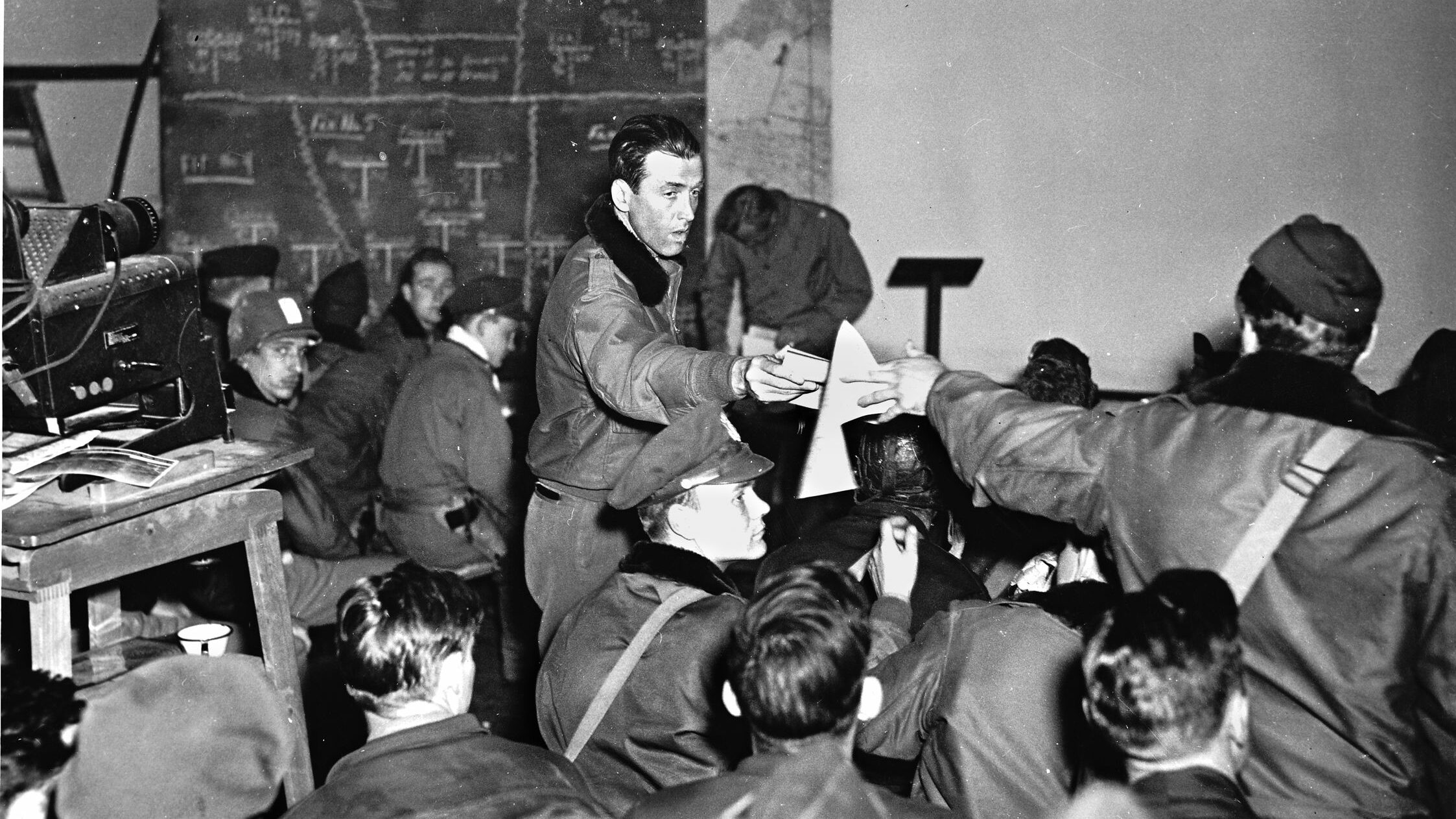
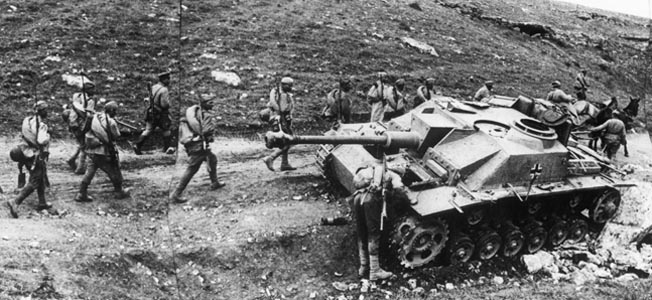
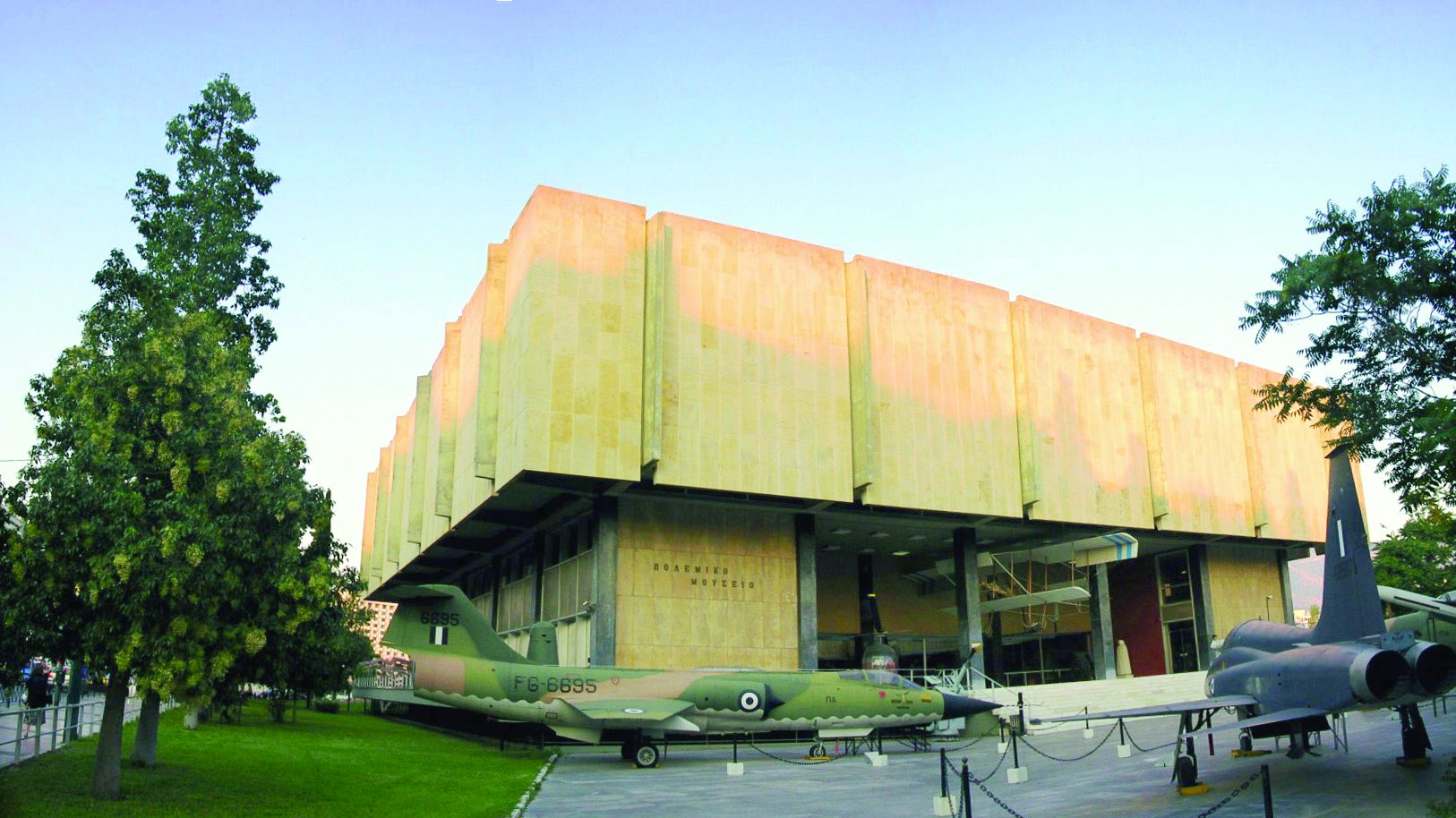
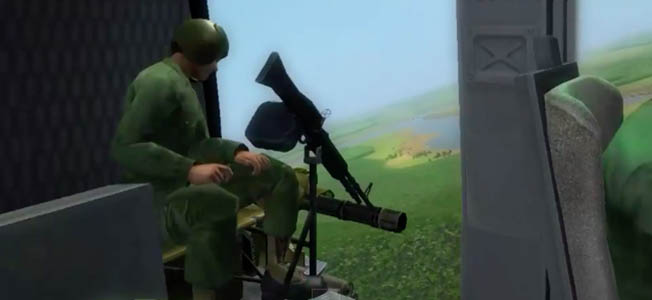
Join The Conversation
Comments
View All Comments